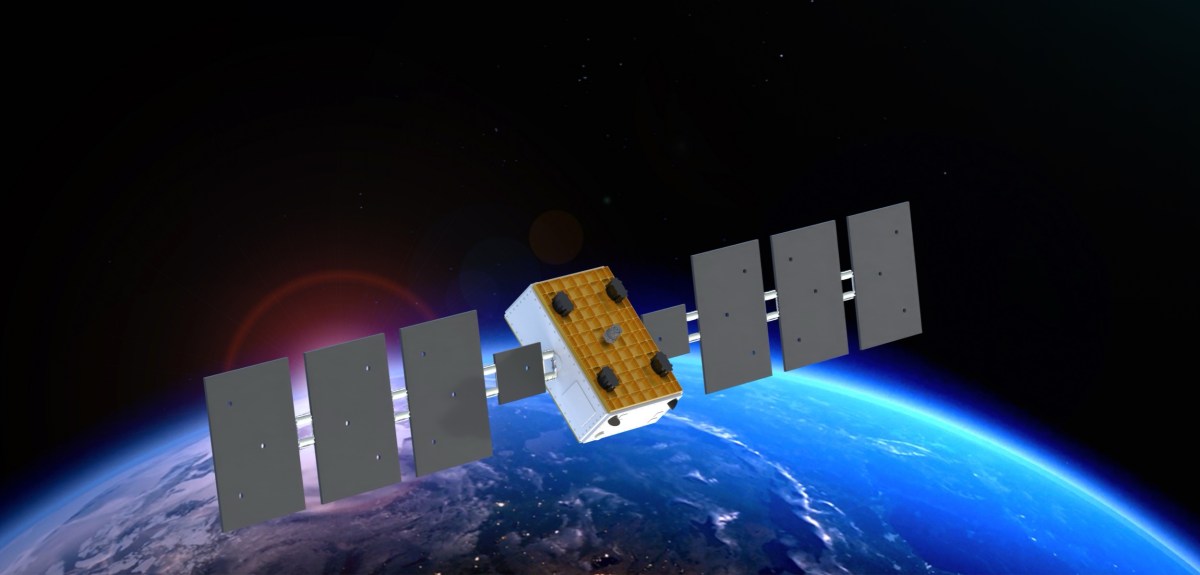PARIS — Satellite manufacturer Apex formally rolled out a larger satellite bus that the company says is geared for more demanding missions from government customers.
Apex announced Sept. 16 its Nova satellite bus, with first deliveries of the spacecraft to customers starting in the third quarter of 2025. A base version of Nova weighs 250 kilograms and can accommodate up to 300 kilograms of payloads, while a heavy version weighs 400 kilograms and can host up to 500 kilograms of payloads.
Nova had long been on Apex’s public roadmap as a complement to its existing, smaller Aries bus, which can accommodate up to 150 kilograms of payloads. Changes in the market and at the company meant now was the time to formally start sales, said Ian Cinnamon, chief executive of Apex, in an interview.
“Nova has always been what we describe as the perfect satellite bus for customers running very intense operational missions where they need things like redundant avionics and redundant systems, as well as constellations,” he said. He noted the Space Development Agency’s release in June of a request for information for Tranche Three of is Tracking Layer constellation of missile-tracking satellites led to industry discussions about partnerships that became a factor in announcing Nova now.
“The reason that we’re announcing it now is we’ve been very fortunate enough quite a lot of customer interest for it,” he said, but declined to state if the company had signed any contracts yet for Nova.
The interest in the new bus, Cinnamon said, comes primarily from projects for the U.S. and allied governments. There is some commercial interest in Nova for communications and remote sensing systems, “but the sweet spot in the market for Nova seems to be, for now, on the U.S. and allied nation government side.”
Apex also has the resources to pursue Nova with a $95 million Series B round it raised in June. “That money let us take the early designs we had done for Nova and really put fuel on the fire and accelerate a lot of that effort,” he said.
That design effort led to a bus that can provide between one and two kilowatts of orbit-averaged power. The bus is compatible with a SpaceX rideshare payload adapter known as an XL Plate. That is intended for customers planning a constellation but who may want to first launch a small number of technology demonstration satellites.
Apex introduced its smaller Aries bus with its own mission that launched in March. Cinnamon said that, for now, there are no plans for an Apex-led initial Nova mission. “We’ve seen enough interest from customers that we are planning on delivering the first builds to come off the line directly to customers,” he said, but did not rule out doing an internally funded mission later to qualify new spacecraft components.
The announcement of Nova comes a month after Apex unveiled a geostationary orbit version of Aries. The company doesn’t plan to pursue a GEO version of Nova at this time, though, focusing on low Earth orbit missions. “We right now see Aries in GEO as meeting the key demand that we’re seeing in the GEO market,” he said.
